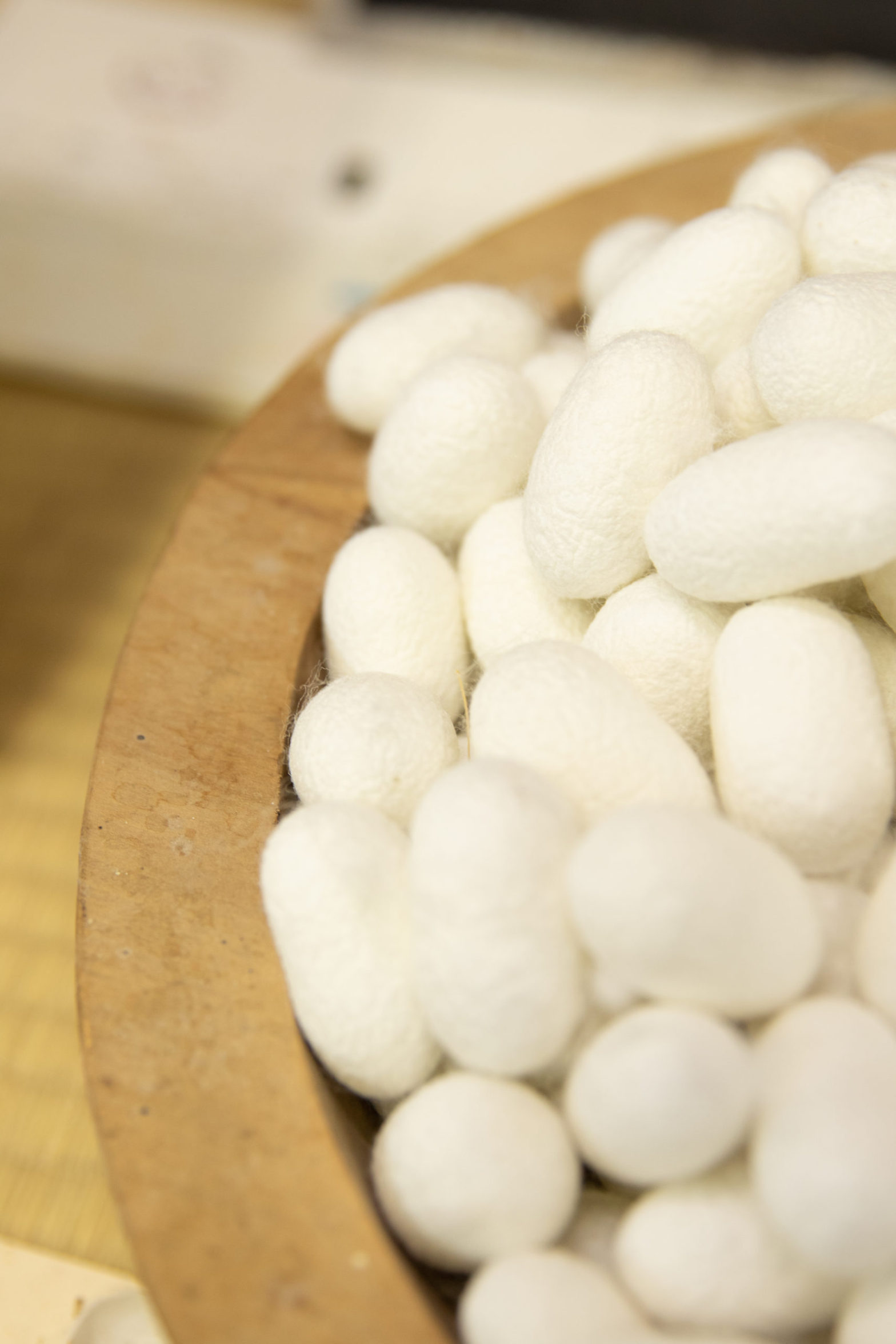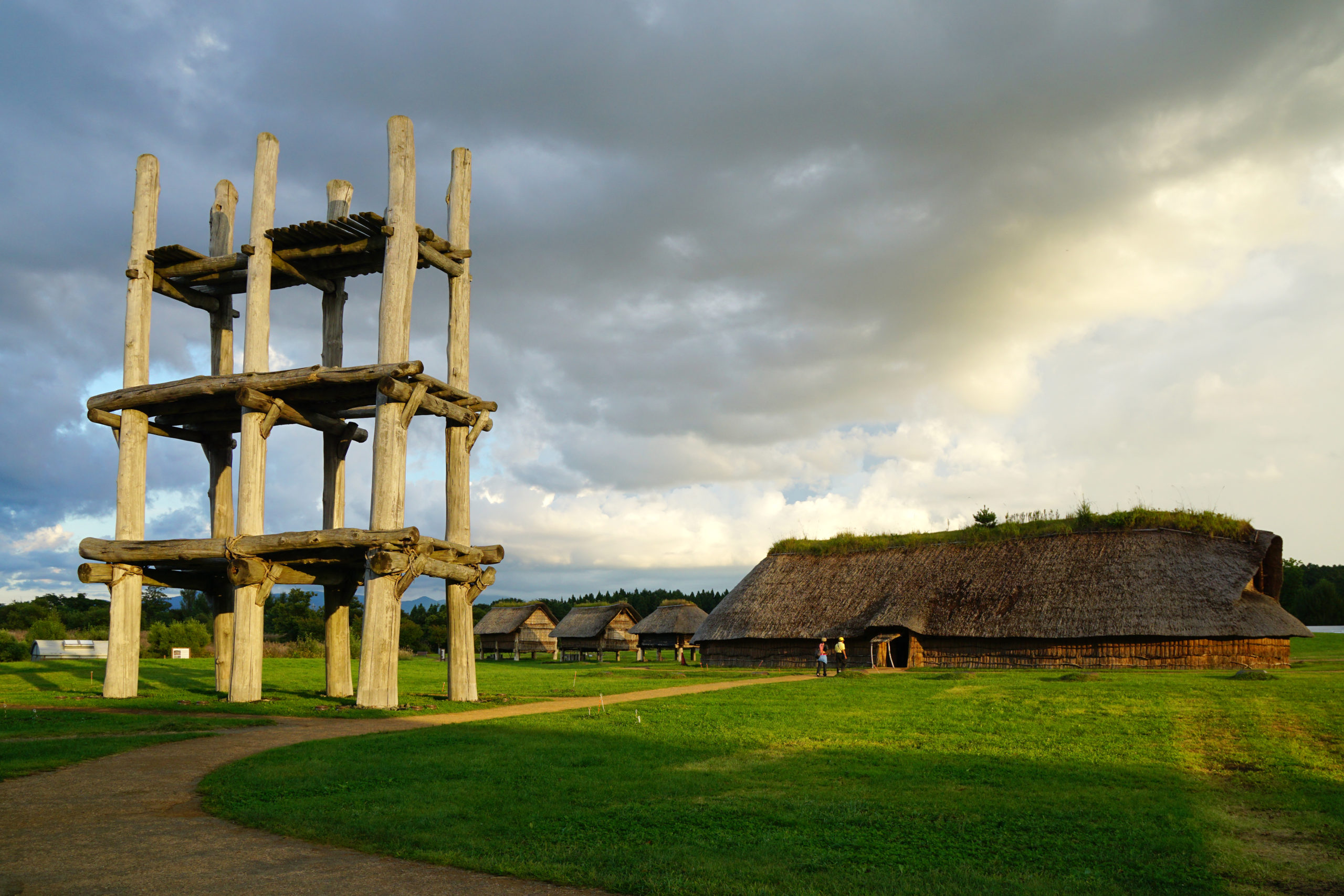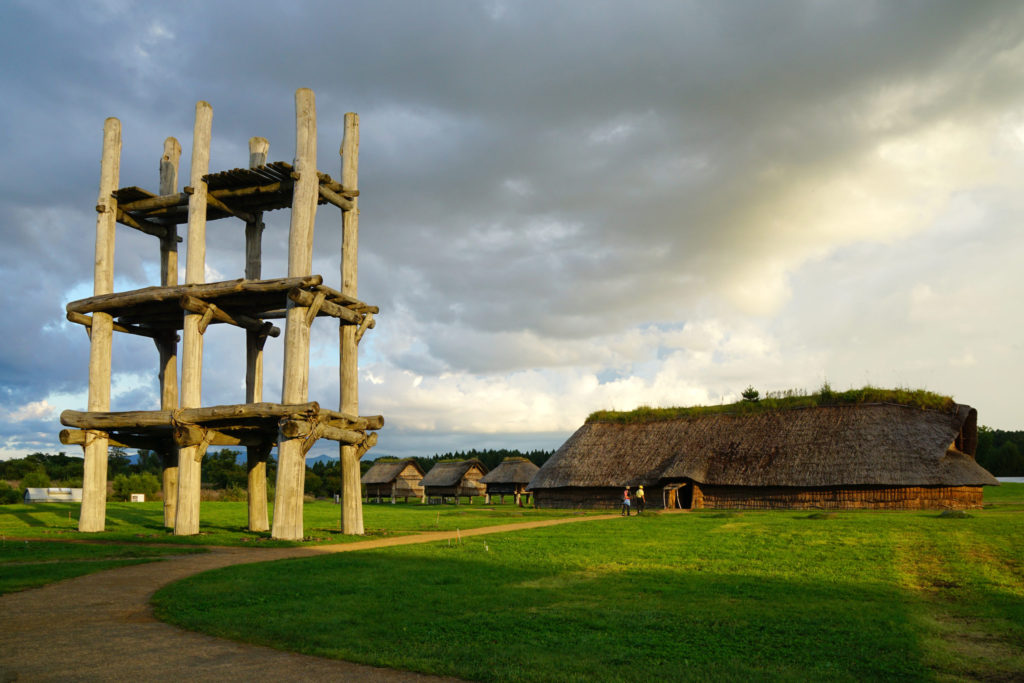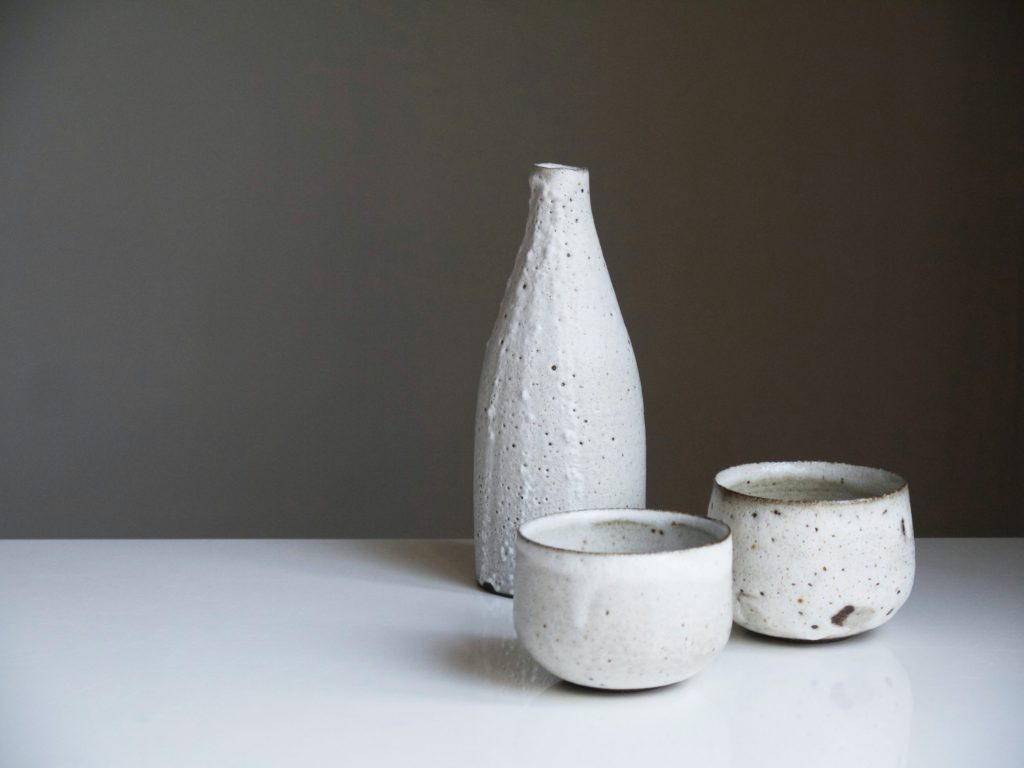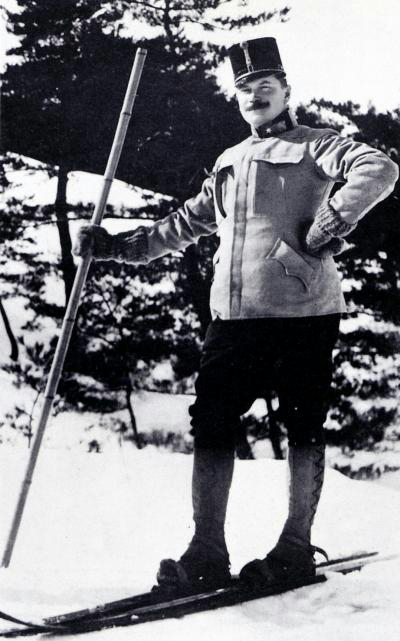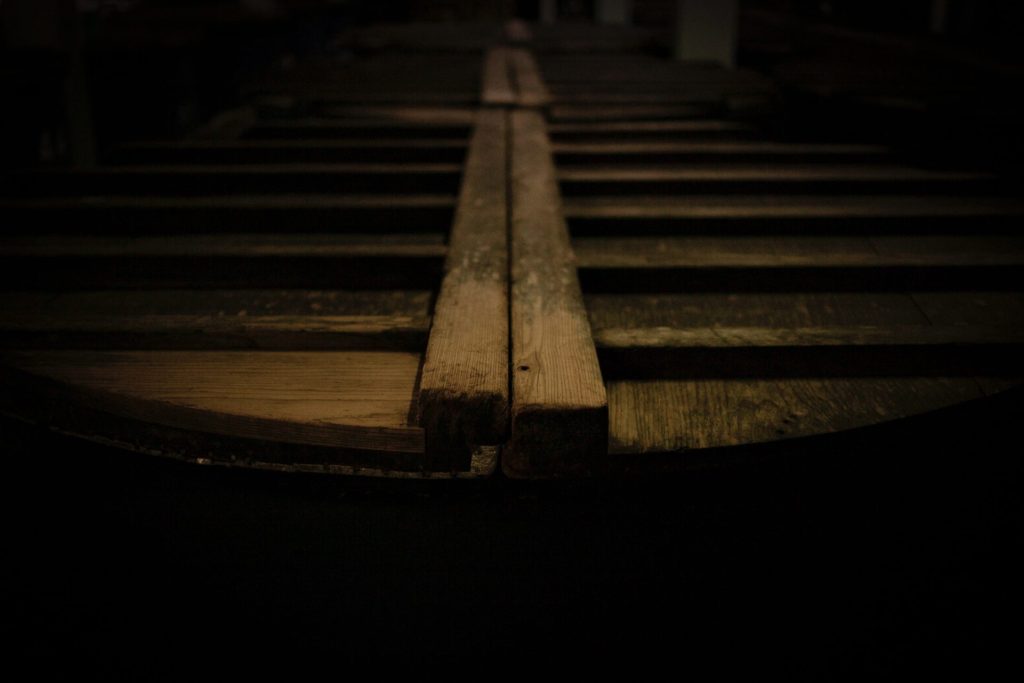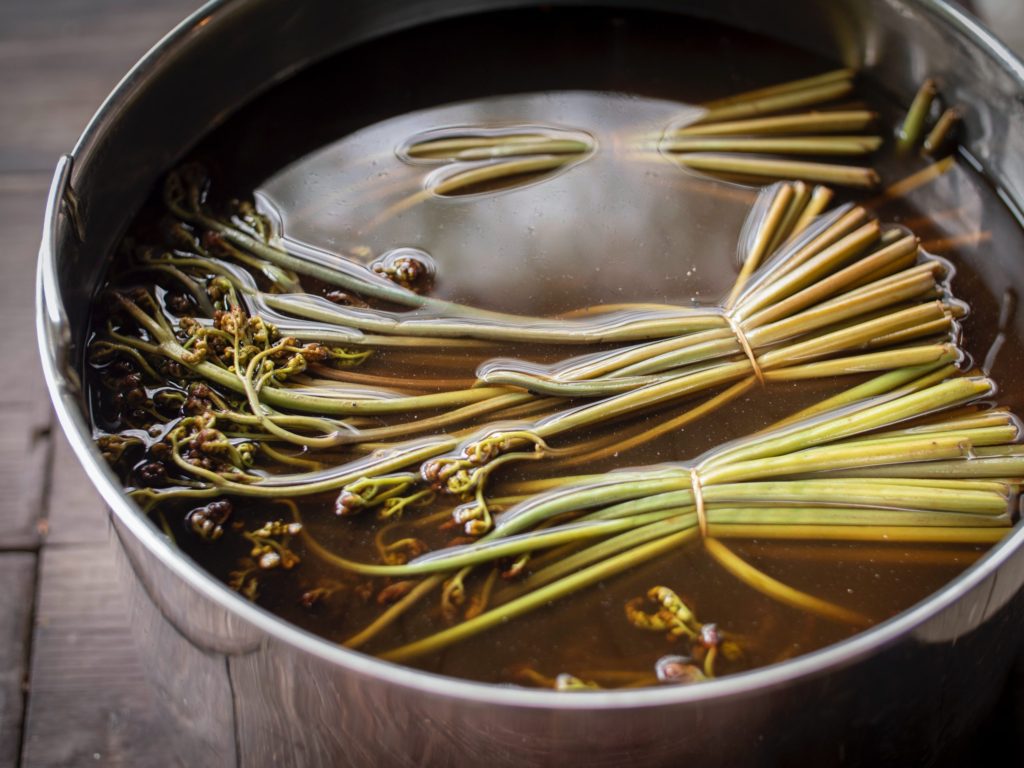Did you know that the textile culture was very prosperous in the deep snow area of Niigata Prefecture?
In the old days, weaving was the best possible work to do when the heavy snowfall would close the area in winter.
The textiles from the snow country were highly valued as goods to be offered to the shogun (general), daimyo (Japanese feudal lord), and other influential people.
What kinds of textiles are existed in snow country?
The "Echigo Angin" has existed for 6,000 years
-746x1024.jpeg)
Current archaeological research has unearthed a cloth called Angin from the strata of the Jomon period (14,000 BCE – 300 BCE from wikipedia), about 6,000 years ago.
-

-
The Japanese Jomon Period : 8000 Years Of Living With Snow
Japan had a hunter-gatherer society called the Jomon Period, which lasted from about 17,000-15,000 years ago (1) to about 3,000-2,400 years ago (2). In fact, it is said that the symbiosis between people and snow began during this Jomon period. What kind of era was the Jomon period, when people lived in harmony with nature? And how did people live with heavy snowfall? What is the jomon period? It refers to the period from the appearance of pottery (in the earliest case, about 16,500 years ago) to the start of paddy rice cultivation (as early as about 2,400 - 3,000 ...
続きを見る
It has been discovered that Angin were the mainstream clothing of the Jomon people and a technique has been handed down for thousands of years.
There are only a few places in Japan where this ancient technique has been preserved and handed down to the present day.
The only place in Japan where this old technique and production tools has been preserved and handed down to the present day is Niigata Prefecture, which is why it is called "Echigo Angin" (Echigo is a place name that has been used in Niigata for a long time.)
It is made from fibers of natural plants such as Karamushi (Blue Ramie), Akasoi (Red Ramie), and Miyama Nettle.
It can be said to be the ancestor of high quality textiles in snow country.
High Quality Snow Country fabrics
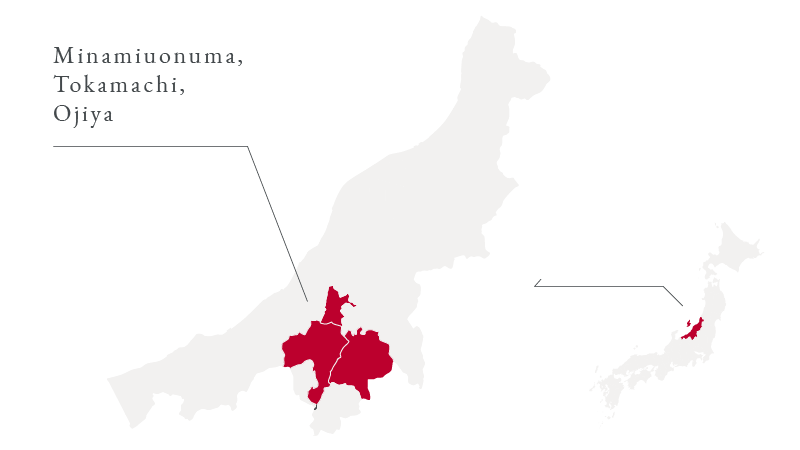
There are various types of high quality textiles in the deep snow region of Niigata.
Each has its own strict standards for materials and techniques used to be recognized as brand fabrics.
Echigo-Jofu (越後上布)
Echigo jofu is a plain weave linen fabric that is currently produced mainly in Minami-uonuma City and Ojiya City in Niigata Prefecture.
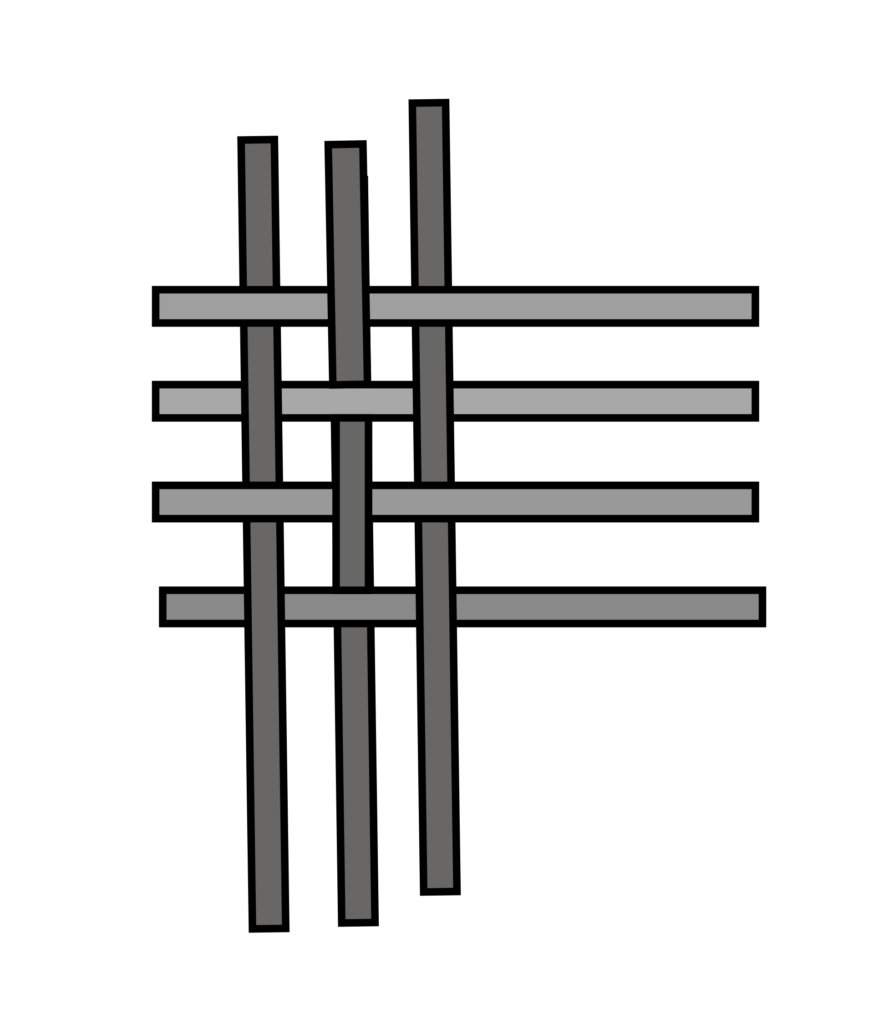
In 1955, it was designated as an Important Intangible Cultural Property.
Also it was inscribed on the UNESCO Convention for the Safeguarding of the Intangible Cultural Heritage of Humanity's Representative List of the Intangible Cultural Heritage of Humanity in 2009.
It is the highest grade and a representative fabric of Japan.
Ojiya Chijimi (小千谷縮)
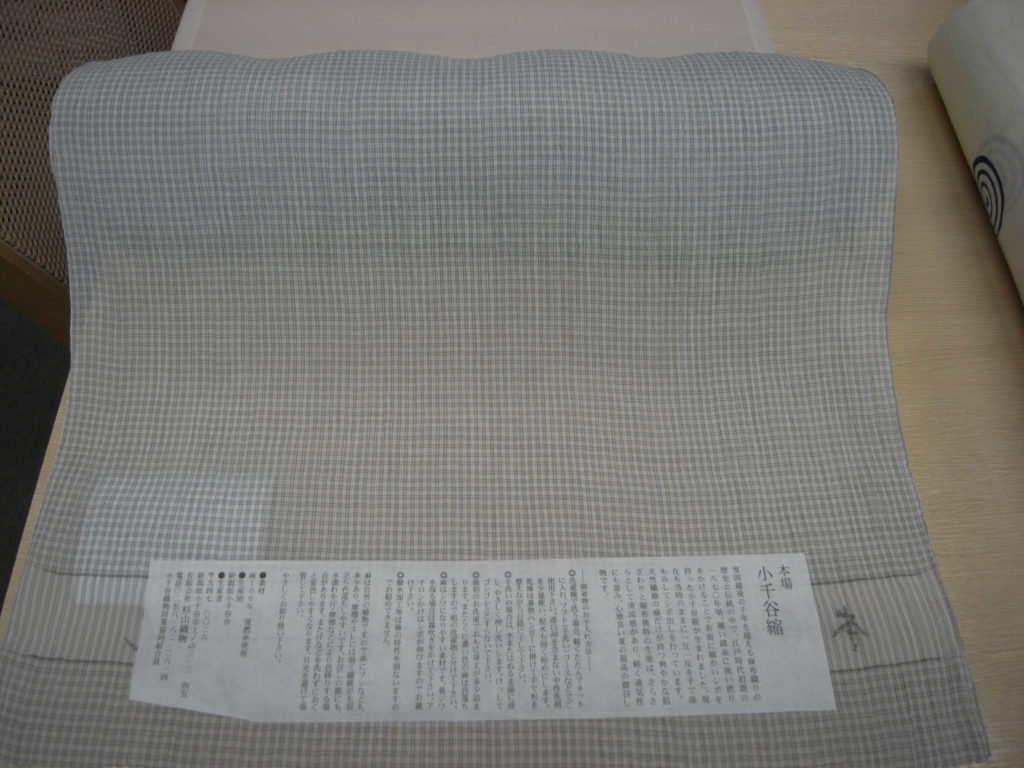
This textile was also registered as an intangible cultural heritage by UNESCO in 2009 att the same time as registration of Echigo Jofu.
It is woven from hemp made from ramie.
Both Echigo Jofu and Ojiya Chijimi are plain weave.
The characteristic of Ojiya-chijimi is that the cloth is shrunk by applying a strong twist to the weft yarn and hot water to create emboss pattern on the surface, which is called "Shibo".
Echigo Chijimi (越後縮)
Echigo Chijimi is a type of hemp (ramie) fabric that was known as a representative product of Echigo during the Edo period(1603 - 1867).
In 1991, it was designated as an Important Tangible Folk Cultural Property of Japan.
Honshiozawa (本塩沢)
Honshiozawa was created by applying the techniques of the hemp fabric "Echigo Jofu" to silk fabrics between 1661 - 1672.
The warp and weft yarns are made of soft-twisted raw silk, and the weft yarn is made of hard-twisted raw silk called "jinukiito".
Shiozawa Tsumugi (塩沢紬)
Shiozawa tsumugi is a silk fabric made by adopting the technique of Echigo jofu, and is said to have been created between 1764 and 1771.
The warp is made of raw silk made from ordinary cocoons and tama silk made from ball cocoons.
The warp is made of raw silk from ordinary cocoons and ball silk from ball cocoons, and the weft is made of cotton yarn spun from cotton.
Tokamachi Akashi Chizumi (十日町明石ちぢみ)
Tokamachi Akashi-Chijimi is a type of kimono manufactured in the Tokamachi area of Niigata Prefecture around the end of the 19th century, inspired by the summer kimono of Nishijin in Kyoto.
Together with Tokamachi Kasuri, it was designated as a national traditional craft in 1982.
Tokamachi Gasuri (十日町絣)
Tokamachi Gasuri was born in the middle of the 19th century by inheriting the traditional technique of Echigo Chijimi (hemp fabric) and applying it to silk fabric.
Reference: 越後アンギンとは 十日町絣(とおかまちがすり) 越後上布[小千谷縮](えちごじょうふ) 十日町明石ちぢみ 塩沢織とは?/塩沢つむぎ記念館公式ページ

